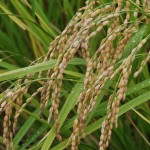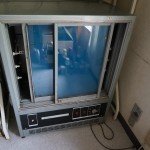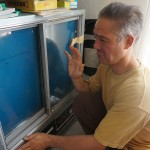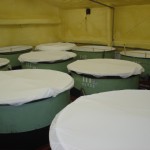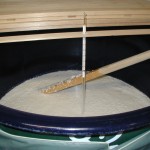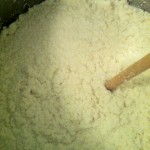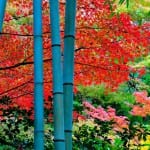 These days, we know how to pick our sake. There are classes or grades of sake that are legally defined that exist to help us. And we know these well: Daiginjo and junmai daiginjo, ginjo and junmai ginjo, tokubetsu honjozo and tokubetsu junmai below these, then honjozo and junmai-shu, and futsuu-shu below that. They are all legally defined, even if those definitions can be vague in areas. And while these grades are legal definitions, when it comes to indications of quality, “they’re more like guidelines” as they say in “Pirates of the Caribbean.”
These days, we know how to pick our sake. There are classes or grades of sake that are legally defined that exist to help us. And we know these well: Daiginjo and junmai daiginjo, ginjo and junmai ginjo, tokubetsu honjozo and tokubetsu junmai below these, then honjozo and junmai-shu, and futsuu-shu below that. They are all legally defined, even if those definitions can be vague in areas. And while these grades are legal definitions, when it comes to indications of quality, “they’re more like guidelines” as they say in “Pirates of the Caribbean.”
In other words, while daiginjo is technically a top-grade sake, you might prefer junmai or honjozo sake in general. And no one – no one – can always identify the grade of a sake on taste and aroma alone. Often? Yes. Always? No. There is too much overlap between the grades.
 But still they serve a great purpose and fill a need – making selection easier for the consumer. But while these grades have been around as law since about ’91, and as industry self-regulated agreements since the 80’s or so, there was a system of grading sake that was in place before the current one.
But still they serve a great purpose and fill a need – making selection easier for the consumer. But while these grades have been around as law since about ’91, and as industry self-regulated agreements since the 80’s or so, there was a system of grading sake that was in place before the current one.
It is now defunct, and has been since about ’90. It served its purpose but became outdated and even irrelevant. But it is part of the history and culture of sake, and has not yet been totally eradicated from some folks’ minds.
That system was known as the “Kyubetsu Seido,” which simply means “Classification System” and was in existence from 1943 to 1989, from which time it was phased out in favor of the current system. The Kyubetsu Seido was wonderfully simple: all sake was graded as Tokkyu or Special Class (the top), Ikkyu or First Class, or Nikyu or Second Class, which was the default for sake that did not make the cut for First or Special Class.
Note, the seimai buai (degree of rice milling) and whether or not it was junmai or added-alcohol, were irrelevant. With only three terms to know, no vagueness or hidden meanings involved, and with a good degree of reliability, what was the problem with the system? What as the catch? In short: price and excessive homogeneity.
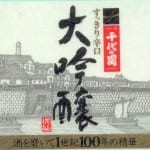 The way it worked was that brewers that wanted their sake officially ranked as First or Special Class would submit samples to the government. They would taste it and asses that yes, it was good enough for that rank, or no it was not. Those that passed the blind tasting assessment of a team of well-trained government sake tasters (great work if you can get it) were permitted to put Ikkyu (First Class) or Tokkyu (Special Class) on the label. And, of course, the tax on such ranked products was higher.
The way it worked was that brewers that wanted their sake officially ranked as First or Special Class would submit samples to the government. They would taste it and asses that yes, it was good enough for that rank, or no it was not. Those that passed the blind tasting assessment of a team of well-trained government sake tasters (great work if you can get it) were permitted to put Ikkyu (First Class) or Tokkyu (Special Class) on the label. And, of course, the tax on such ranked products was higher.
So it cost consumers more, but it did assure a certain level of quality. Consmers did not need to worry about brands so much, or grades, or milling rates or added alcohol or nihonshu-do or anything else: just buy Ikkyu or Tokyu and one would be assured of at least a certain degree of quality.
It was very useful in its time, since there were 5000 sakagura back then, and it helped consumers wade through all that. And of course, it helped the government too, since it led to more tax revenue from sake. And those that sought but a buzz need only seek Nikyu-shu (the default Second Class products) to ensure price performance. To a degree, it was win-win.
 But it began to unravel and wane in relevance and usefulness as smaller brewers began to come out with better and better sake, both in reputation and in sheer enjoyability. Not able to compete with the larger companies in national distribution, they kept things local. And as such, there was no reason to make their loyal customer base pay the extra tax for a Ikkyu or Tokkyu stamp on the label.
But it began to unravel and wane in relevance and usefulness as smaller brewers began to come out with better and better sake, both in reputation and in sheer enjoyability. Not able to compete with the larger companies in national distribution, they kept things local. And as such, there was no reason to make their loyal customer base pay the extra tax for a Ikkyu or Tokkyu stamp on the label.
The loyal locals knew what was good, so the smaller brewers would not even bother with submitting sake for certification, and simply sell their fine brews as Second Class sake, saving their fans that extra cost. This tendency gathered momentum that lead to critical mass, and was a big factor in the elimination of the system.
Certainly there were more reasons. The fact that the curently-used system developed and came into use, albeit with no legal base but a strong de facto significance, had much to do with the change as well. There were also reasons that were related to how imports of other premium alcoholic beverages were taxed, somewhat unfairly due to the former system, and some say Japan was pressured externally as well.
Another problem was that since the judges were all looking for the same thing – a lack of flaws – that many brewers sacrificed some character and uniqueness that could conceivably be perceived as idiosyncrasies for which the sake could be faulted. As such what came to be known as premium sake was less character-laden and more homegeneously predictable.
For a combination of the above reasons, the Kyubetsu Seido was eliminated in 1989, being phased out so brewers could use up their stocks of Ikkyu and Tokkyu sake, and was subsequently replaced by the current system, replete with its own shortcomings.
While it may seem we just exchanged one imperfect system for another, that is likely best in the end, since we all need to make our own decisiosn anyway. If they were made for us, the fun would be taken out of sake, now wouldn’t it? 😉
酒 酒 酒
 The next Sake Professional Course will take place in San Francisco on December 8 to 10. Learn more here.
The next Sake Professional Course will take place in San Francisco on December 8 to 10. Learn more here.
Meanwhile, the next Sake Professional Course in Japan will take place January 26 to 30, 2015. Learn more here.
Feel free to email me with questions about either!





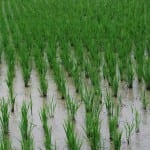
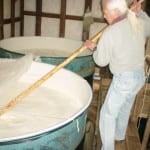
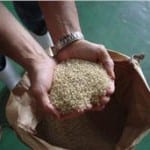

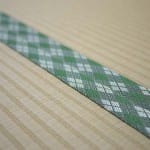
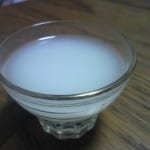
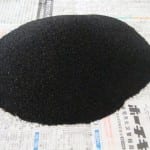
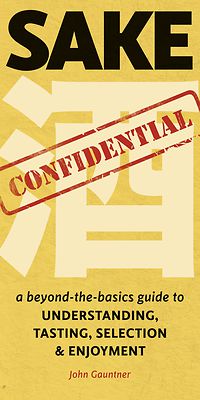

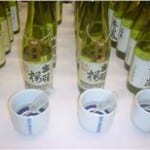
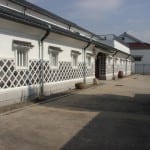
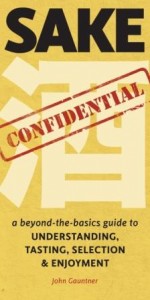
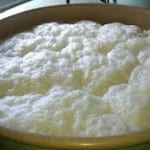
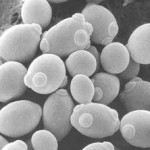 Back about 80 years ago when this organization was put together, they started to reproduce yeast that was known to be strong and predictable, and make it available to any brewer in the industry in little ampules. This helped ensure good sake, which led to good tax revenue. 😉
Back about 80 years ago when this organization was put together, they started to reproduce yeast that was known to be strong and predictable, and make it available to any brewer in the industry in little ampules. This helped ensure good sake, which led to good tax revenue. 😉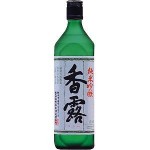 predecessors, it now may be giving Number 7 a run for the money in how commonly it is used.
predecessors, it now may be giving Number 7 a run for the money in how commonly it is used.

